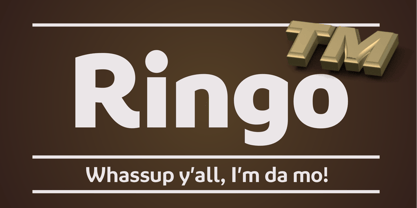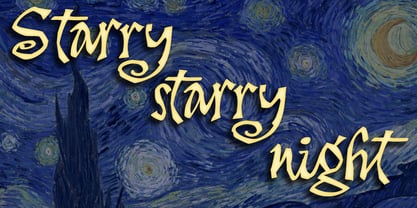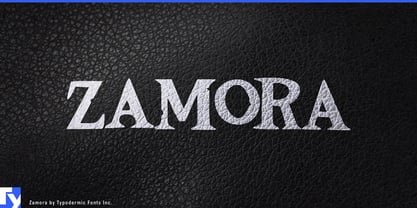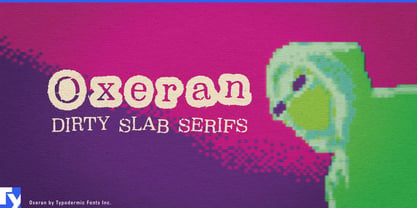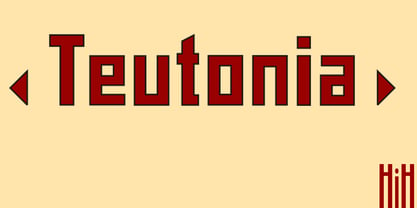963 search results
(0.017 seconds)
- GASMASK - Personal use only
- Asylum - Unknown license
- Ebola - Unknown license
- a Theme for murder - Personal use only
- !CRASS ROOTS OFL - Unknown license
- Spoonge Punk - Personal use only
- Life Support - 100% free
- KonQa - Unknown license
- Ah, the "Scooby Doo" font by Lauren Ashpole, where every letter looks like it's ready to jump into a groovy mystery machine and solve a case or two while avoiding ghosts and ghouls! This font is as p...
- The "VTKS Distress" font is a creation by Douglas Vitkauskas that stands out for its unique essence of roughness and wear-and-tear. This font encapsulates the visual aesthetics of something that has ...
- Ah, Rusty Sign by GemFonts, the brainchild of Graham Meade, is a font that walks the fine line between elegantly aged and outright rebellion against the sleek, clean fonts that populate our digital s...
- The font named "Broken Toys" designed by PizzaDude is an intriguing typeface that embodies a playful yet edgy aesthetic, ideal for projects that require a touch of whimsy and rebellion. As its name s...
- The font “FD Messed Up” by Font Duster encapsulates a unique blend of chaos and creativity, an artistic paradox that draws in enthusiasts of unconventional design. Imagine letters that seem to have b...
- Jangly walk - 100% free
- super danger - Unknown license
- Raslani American letters - Unknown license
- Rubbed - Unknown license
- Ringo by typoland,
$9.00 - As of my last update in April 2023, "Spoonge Punk" created by Pastaza Type stands out as a distinctive addition to the typographic world. This font captures the essence of rebelliousness and innovati...
- Alright, let's dive into the font HoMicIDE EFfeCt. Just from the name, you can tell this isn't your average, everyday font. It suggests a vibe that's edgy, perhaps a bit dark, yet undeniably eye-catc...
- "So Run Down" is a distinctive font created by Ray Larabie, a prominent type designer known for his broad range of typographic styles. This particular font stands out for its rugged and somewhat dist...
- Ah, Monster Paparazzi! Imagine for a moment, deep in the wild underbrush of creativity, lurks a font so captivating that it could only be dubbed Monster Paparazzi. Crafted by the illustrious duo, Kev...
- Harsh language AC - Unknown license
- Garbageschrift - Unknown license
- Bloody Stump - Unknown license
- Quirky by Scholtz Fonts,
$19.95 - Zamora by Typodermic,
$11.95 - As of my last update in early 2023, there isn't a widely recognized font specifically named "Avril Lavigne" officially affiliated with the artist or endorsed as part of her brand. However, the concep...
- Corrodated J, a font by the creative minds at Immortalware, is what you might call the rebellious teenager of the typeface family. Imagine a font that decided it wasn’t going to follow the rules, swi...
- Urban Brigade - Personal use only
- Psacstroj - Personal use only
- Dead Hardy - Personal use only
- AE Prosperity by Altered Ego,
$50.00 - As of my last update in April 2023, "Spat Crumb" is not a widely recognized or standard font within the graphic design or typography communities. Therefore, I will approach this description by embody...
- Duralith - Unknown license
- Oxeran by Typodermic,
$11.95 - Teutonia by HiH,
$10.00 - Laima by TypeTogether,
$39.00 - Scriptuale by Linotype,
$29.00 - Western Americana by Celebrity Fontz,
$24.99












